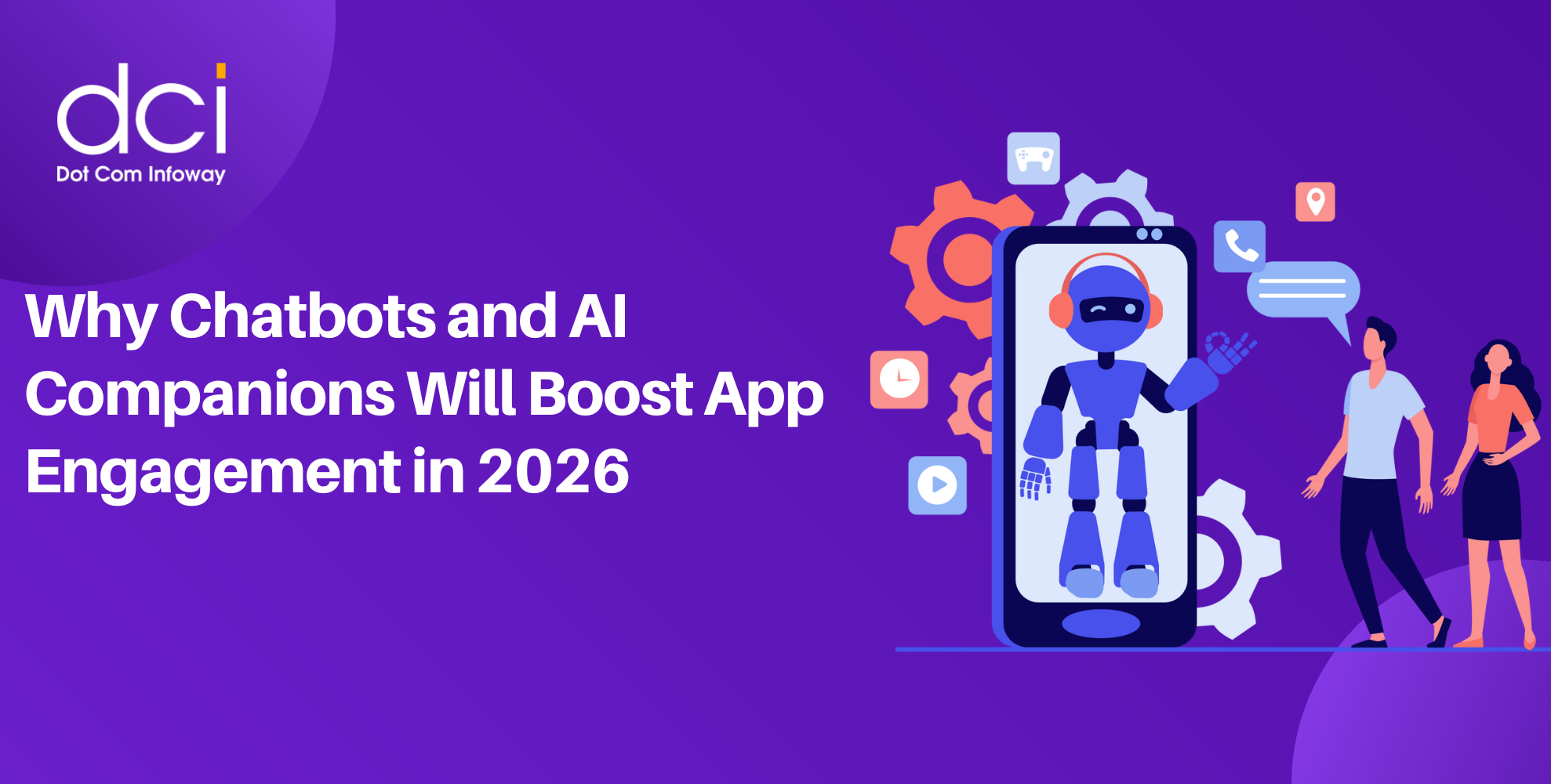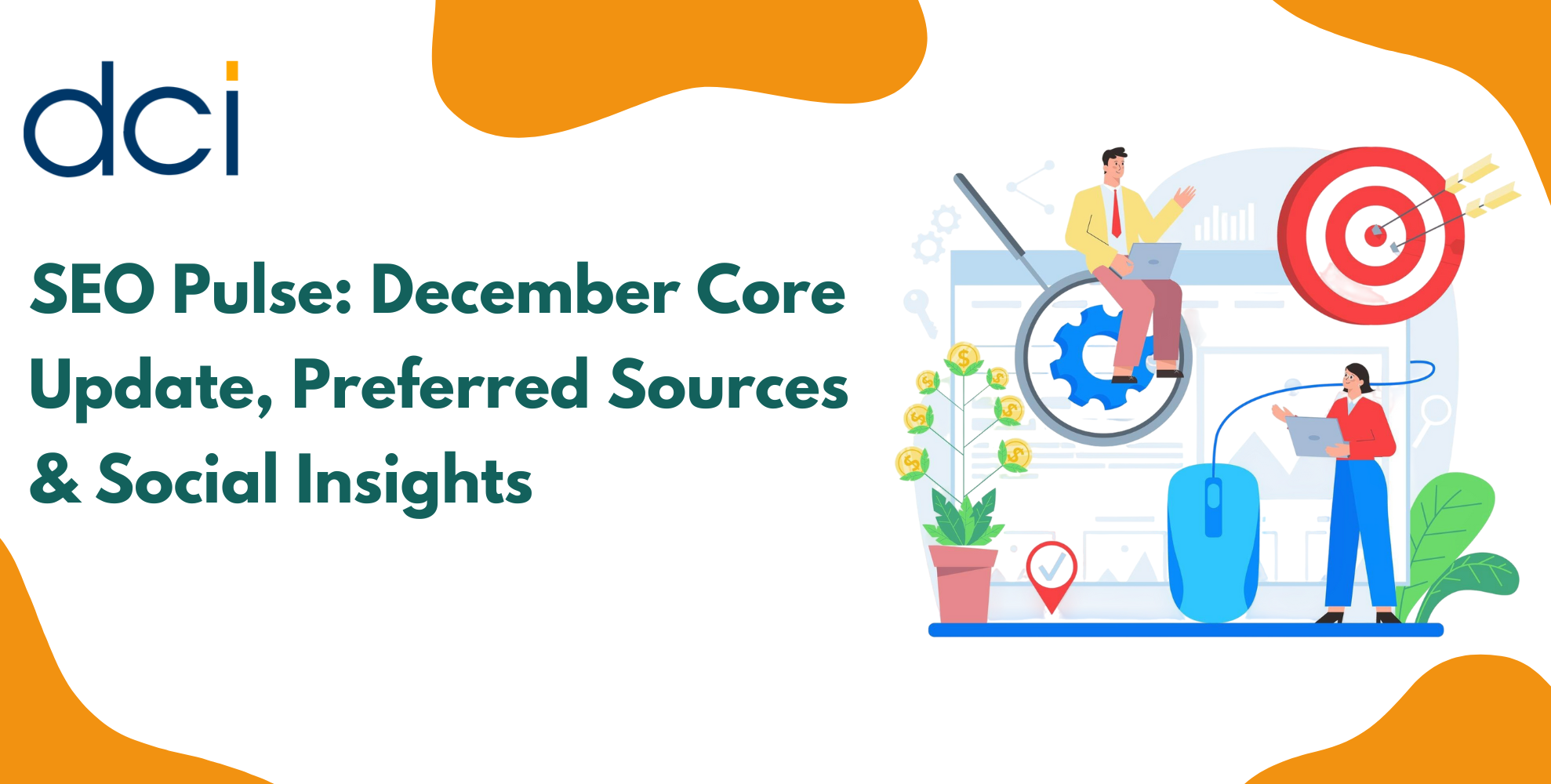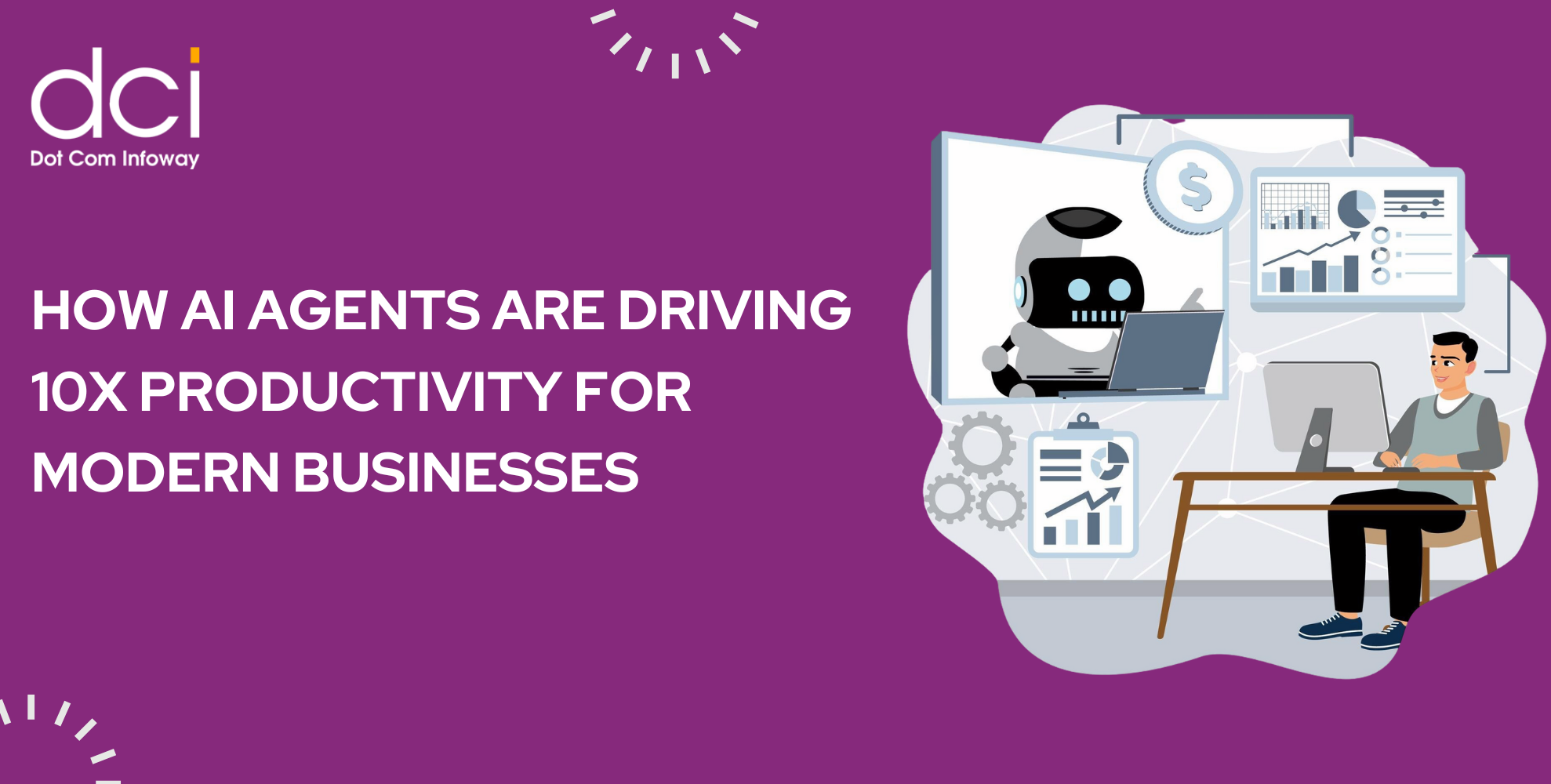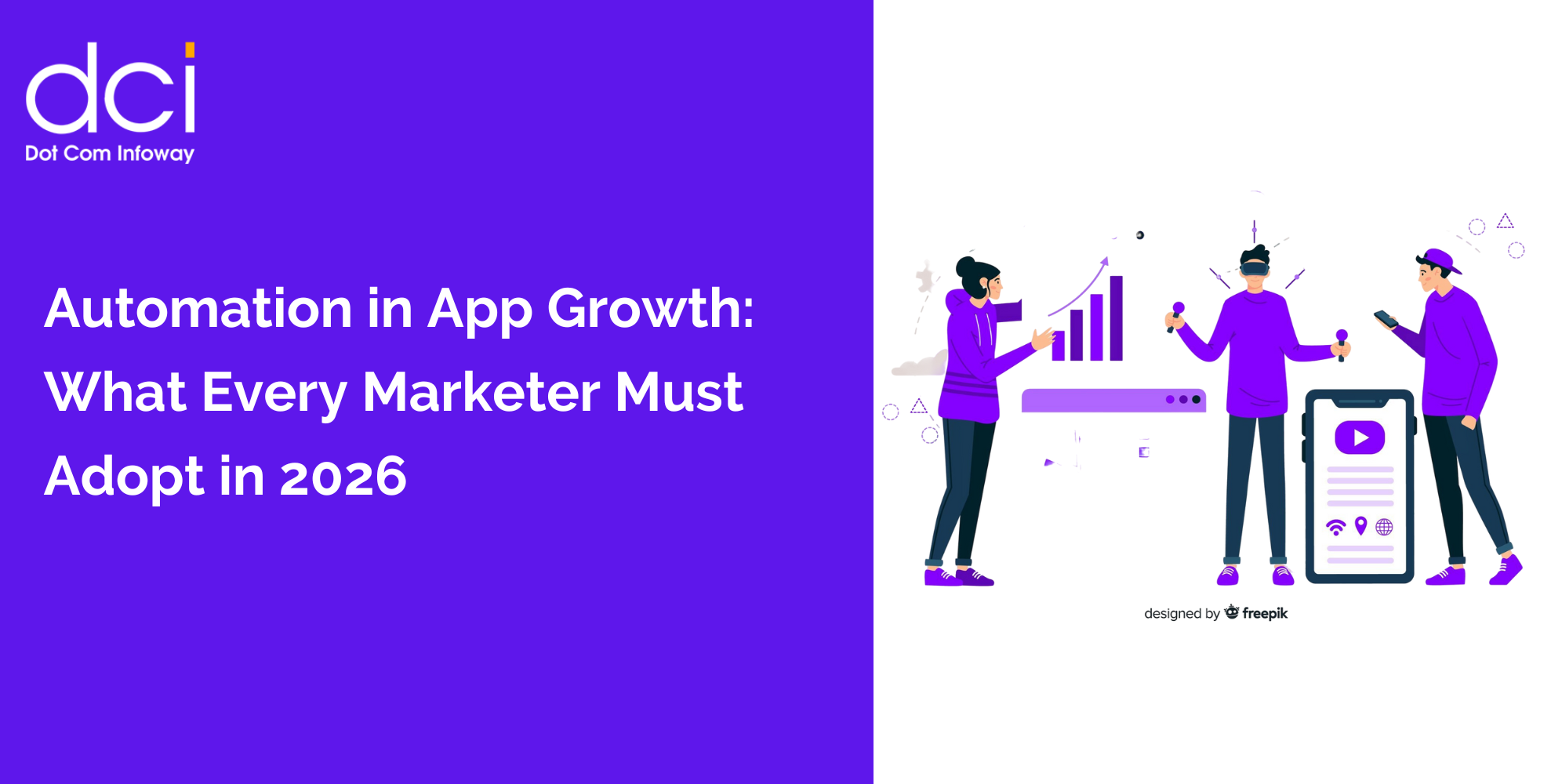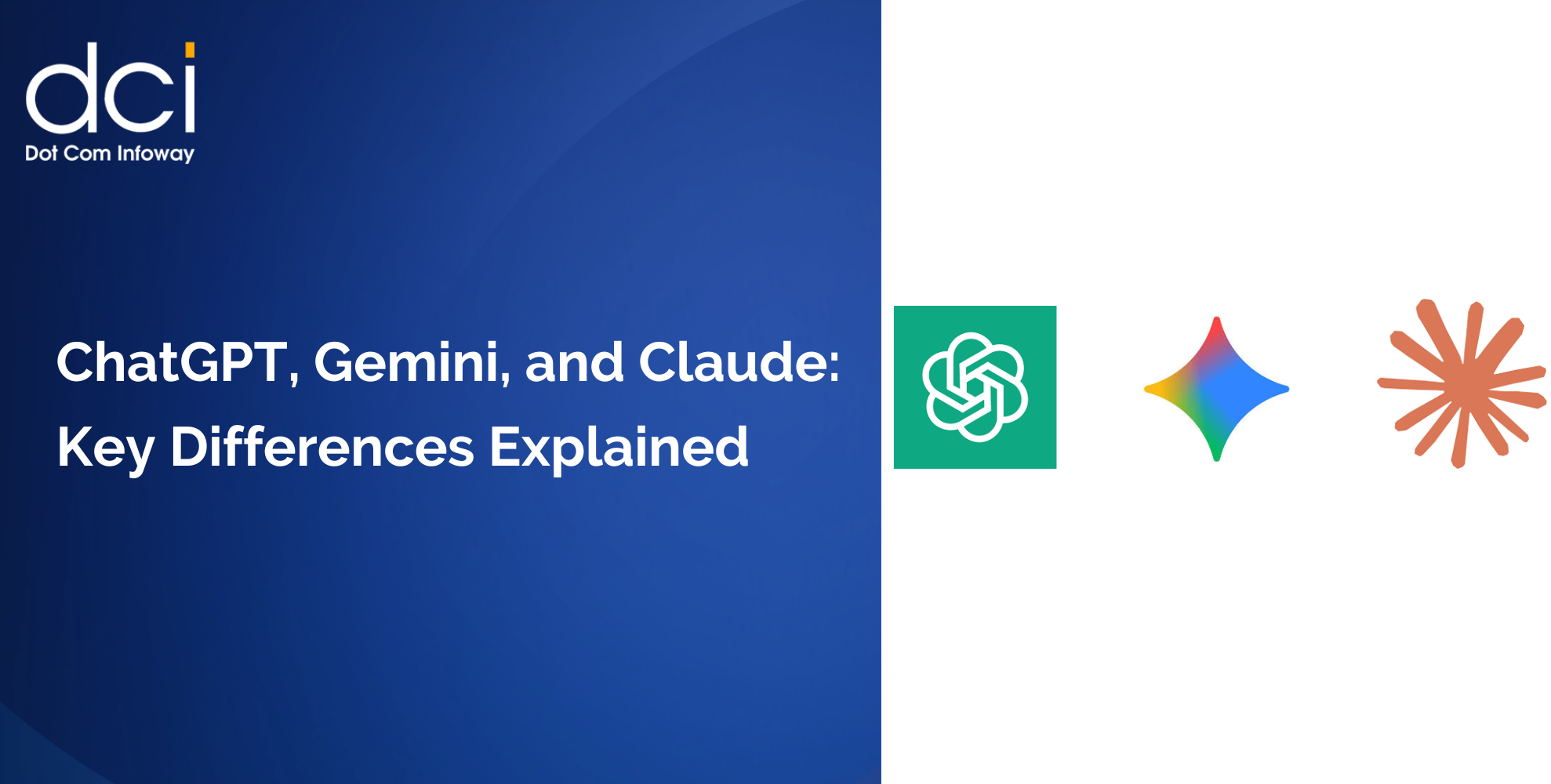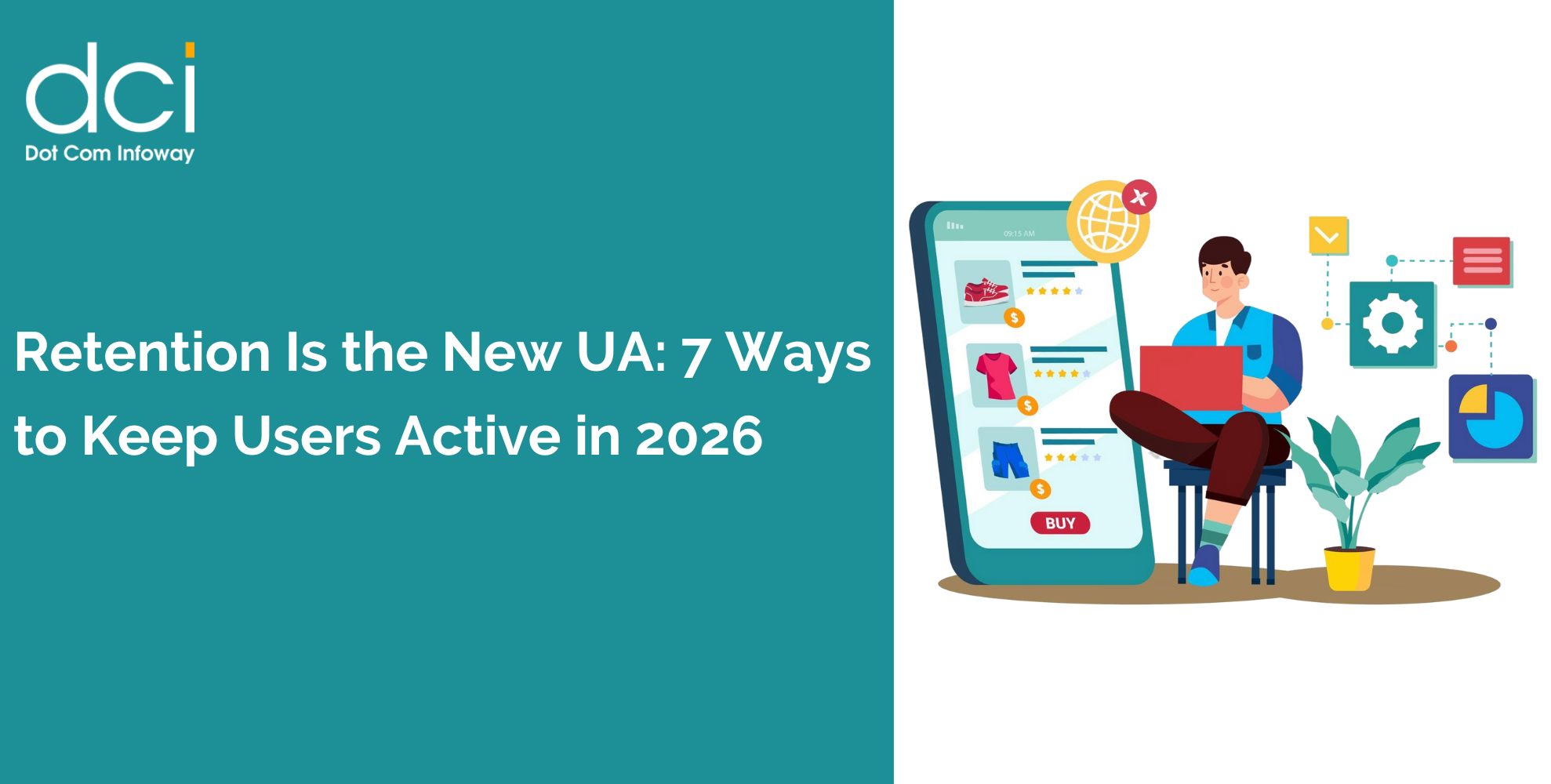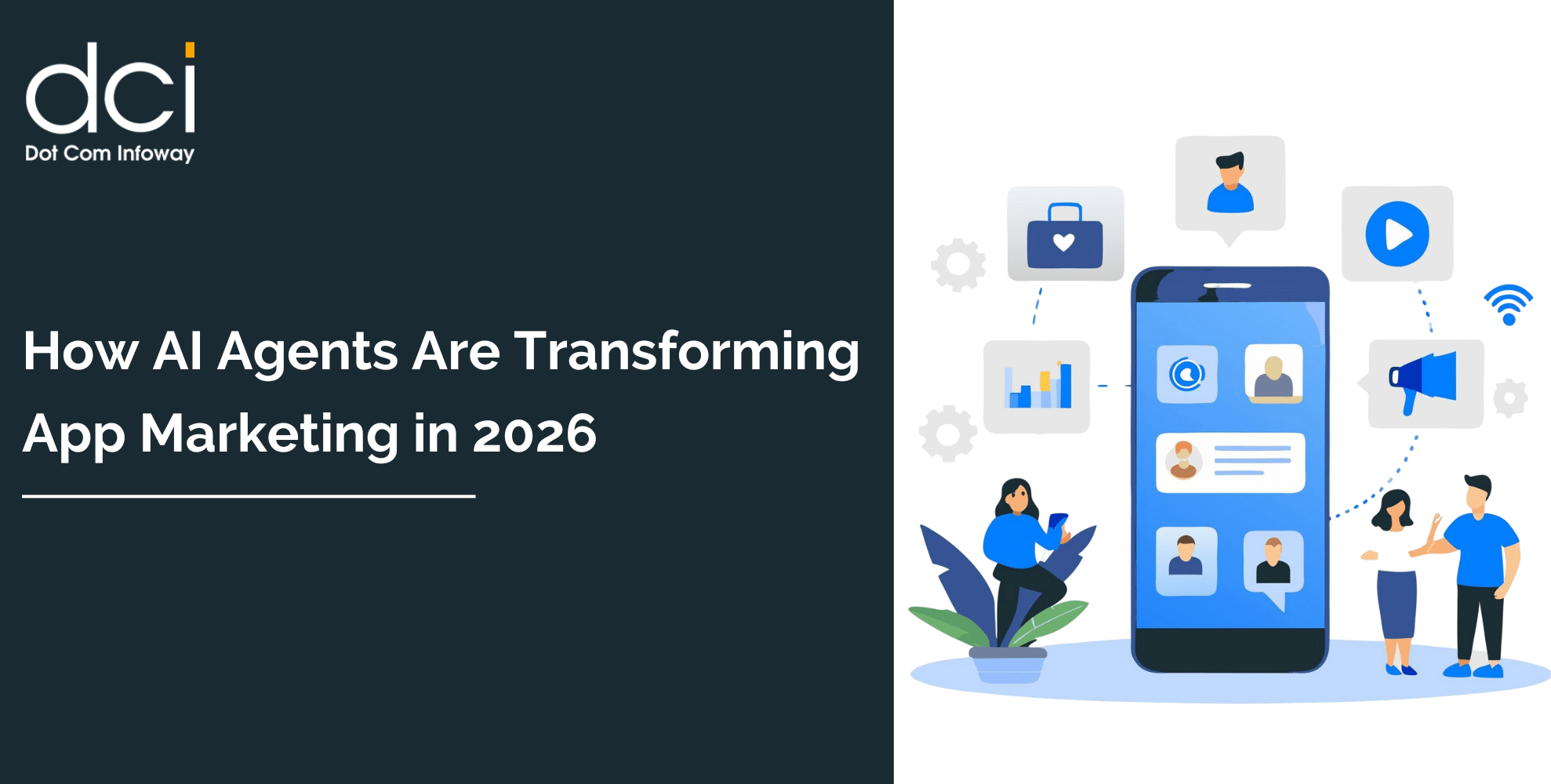What are Universal App Campaigns?
Simply put, they are automated campaigns that let you advertise on all the ad networks Google is partnered with. Think of Youtube, Google Play Store, Google Display Network, and Google Search. Your mobile ads like facebook app install ads will be displayed in practically all of them through a single campaign, hence the term “universal”. It is basically just utilizing Google Ads for your mobile app at a comprehensive level.
But it certainly does not stop there, because it is also primarily characterized by its machine learning capability. With it, you will be assured that Google will always pinpoint your top-performing ads for you then proceed to prioritize in showing them to the most relevant users, so you will not have to do it yourself. Of course, this only translates to better conversions (140%, to be exact, as Google has claimed in the past). Conversions, in this case, involve actual app install ads.
And that’s virtually where all the mobile ads benefits of this approach stem from. You get the best reach (because of the numerous Google properties involved) and you always manage to show them to the right audience. This is every advertiser’s dream, to say the least.
Showcases the Power of Automation
The “automated” aspect of Universal App Campaigns should not be overlooked because it is where it manages to deliver the most impact. Automated means requiring less effort to create your own ads for every placement because Google will be creating them for you based on how you set your digital and text assets. It doesn’t stop there because Google ensures your campaign will be optimized by always targeting the right users and taking care of all the bidding for you.
That does not mean that you can be completely laid-back altogether because you still have to keep an eye on and manage other essential factors like the start date of the campaign, your daily budget, CPA/CPI, target language and location, and the lines of texts (maximum of 5 lines composed of up to 30 characters). You can choose the images and videos you want to include, but should you opt not to, Google will gather them from your app’s official Play Store listing.
How to Use Google Universal App Campaigns (UAC) to Drive App Installs?
UACs are pretty much straightforward in its approach to catering to advertisers. It guides and supports you every step of the way, from planning your campaign’s goals to acquiring those sought-after conversions. Begin by following the guidelines we have shared here.
Set Your Goal to ‘Install Volume’
If your ultimate goal for your UAC campaign is to acquire as many app installs as possible, then know that the platform actually has a setting that lets you choose Install Volume (CPI). This is crucial because Google has entirely different methods for assisting CPA campaigns. Take note that when it comes to planning your budget, Google recommends making it at least 50 times the amount of your intended CPI.
If you already have an inkling of what your budget is, you simply have to multiply it by 50, and you should get the exact amount. Also, the bid you set should be the exact amount you’re willing to spend for every app install.
Experiment and Optimize Text and Digital Assets, as Well as Images and Videos
You should never leave the optimization processes to Google because it is still up to you to provide them with a clear picture of how you want your app install ads to look. That’s why you have to be more meticulous when it comes to the digital and text assets you use. Google will make the necessary changes each time and be sure to evaluate the performance of each.
You should also be consistently modifying your texts, images, and videos until you pinpoint the best combination. But, for any experienced advertisers, this should already be obvious. You simply can’t rely on Google’s optimization efforts because most of their decisions are based on your assets in the first place.



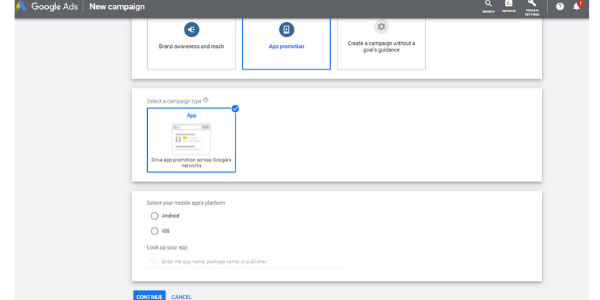
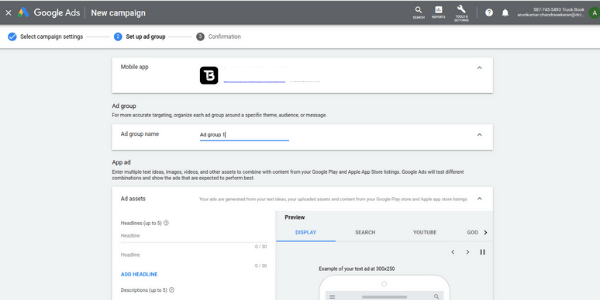
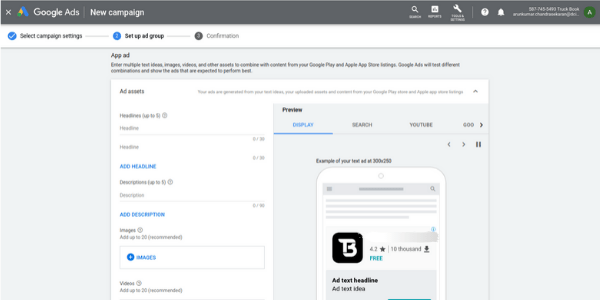
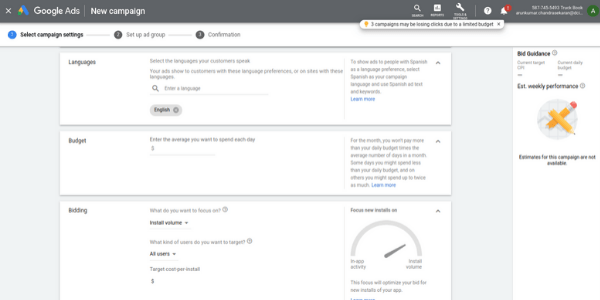
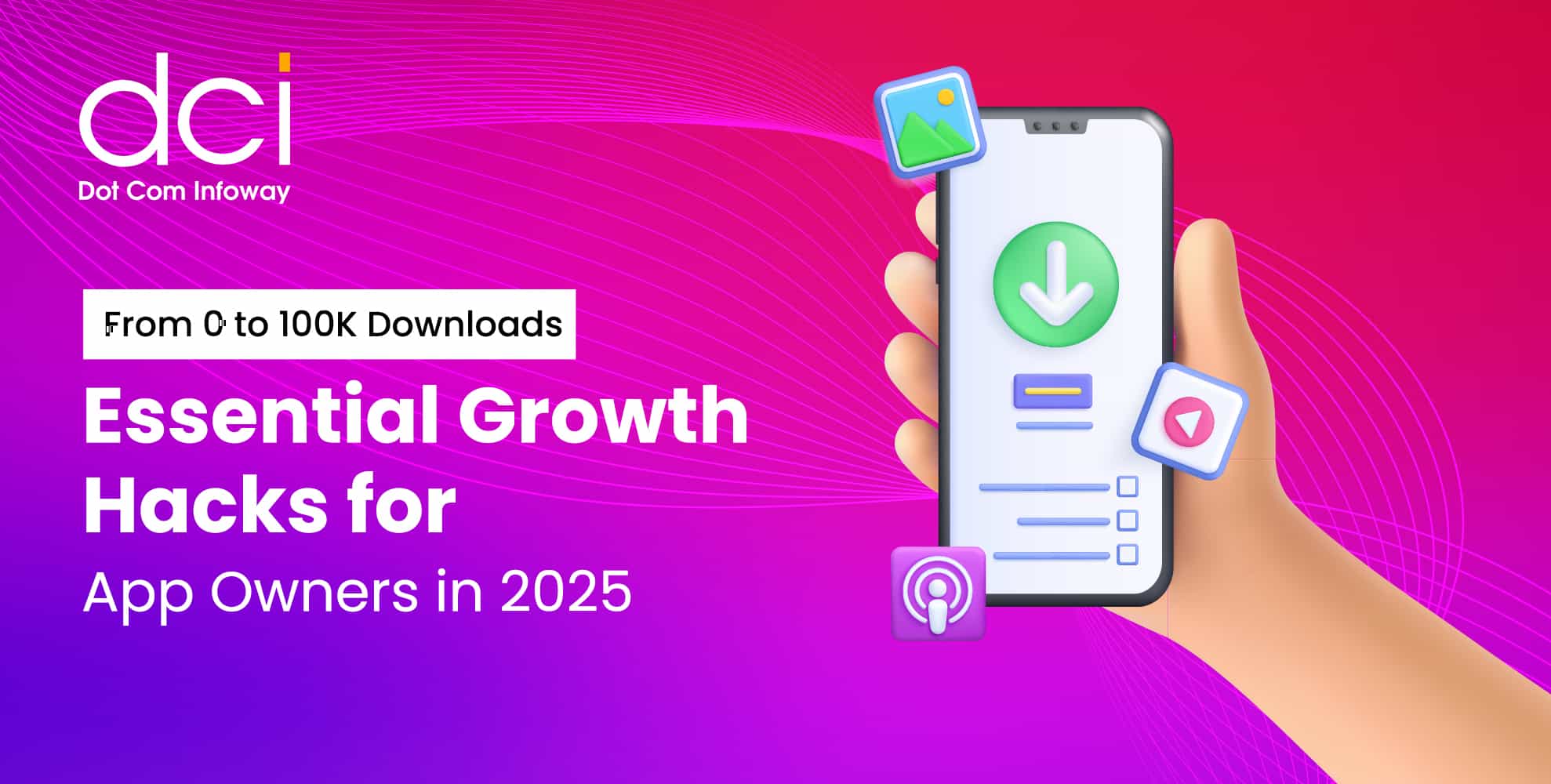

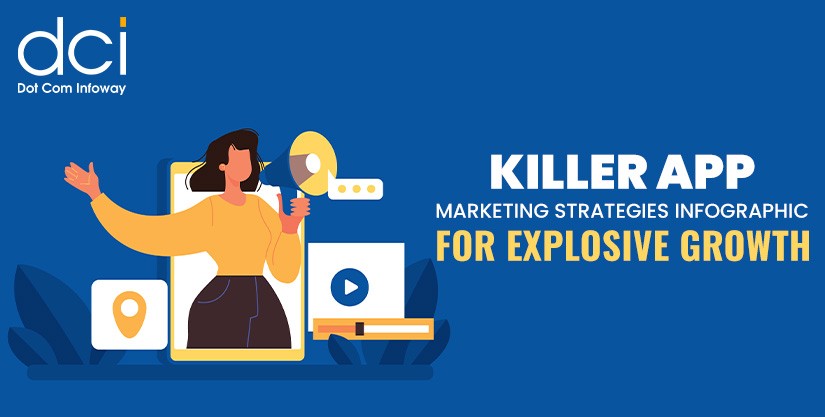
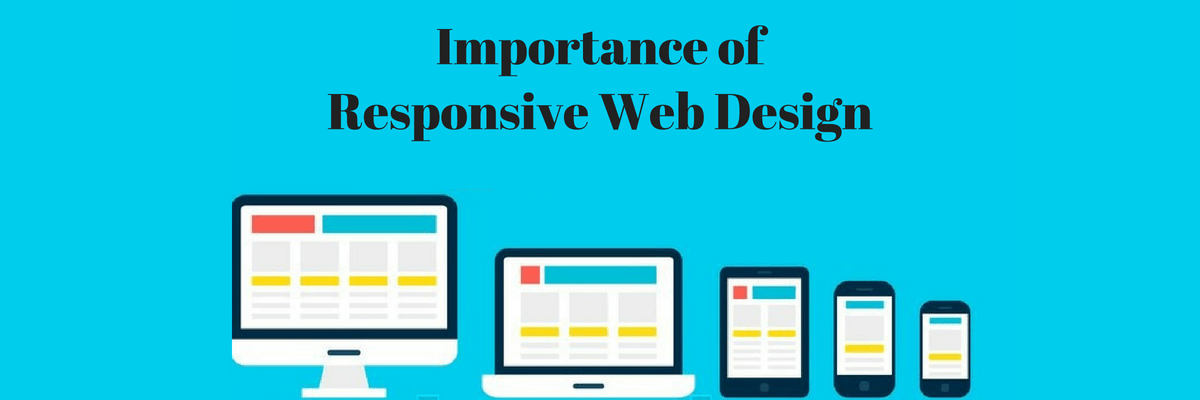
![The Game Marketing Guide: Pre and Post-Launch Strategies [Infographic]](https://www.dotcominfoway.com/wp-content/uploads/2023/09/DCI-Game-Marketing-blog-1.jpg)
